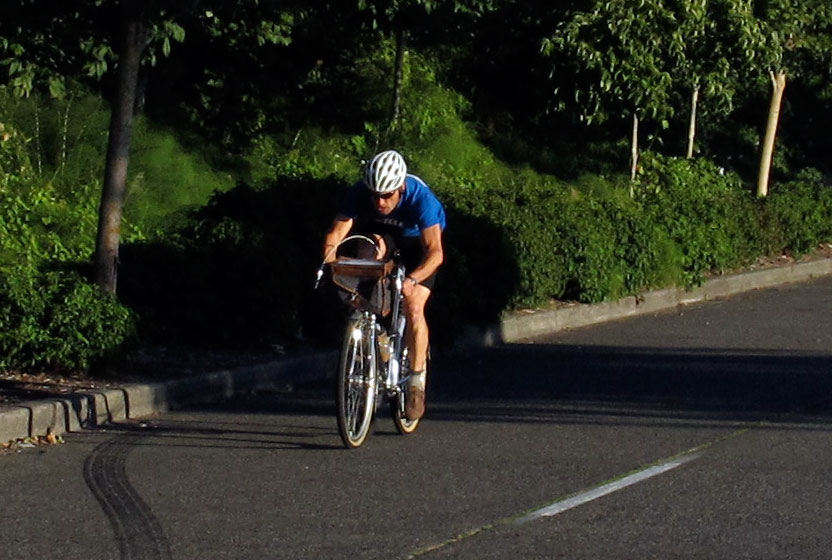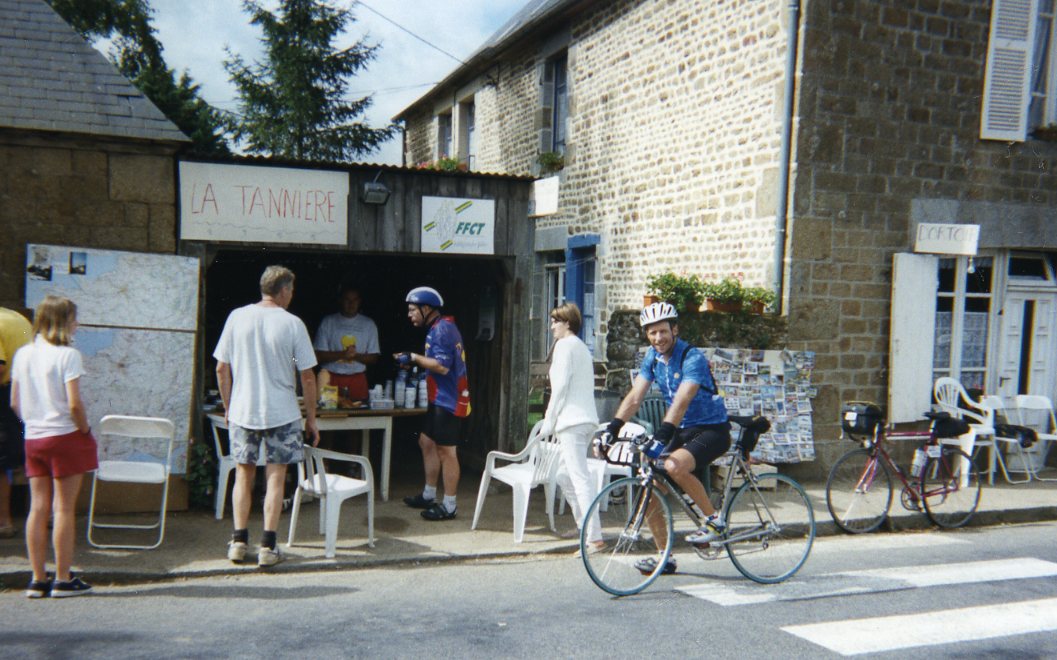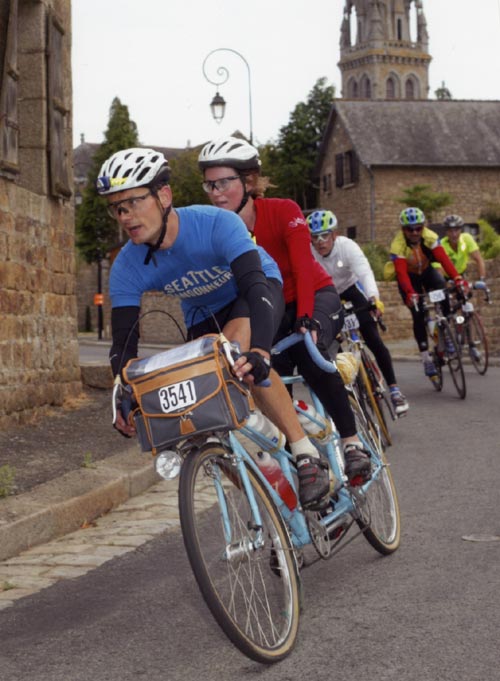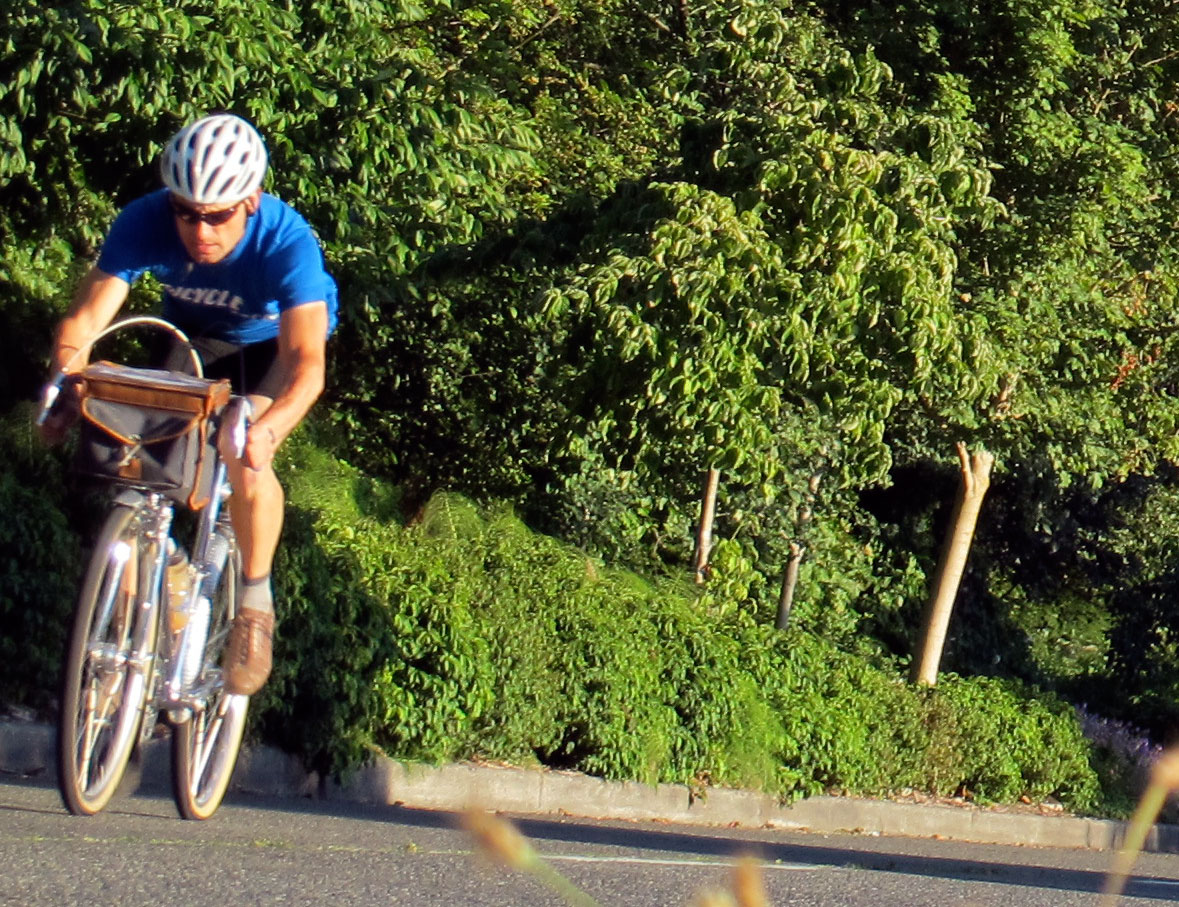Last-Minute PBP Prep: Tabata Intervals

Paris-Brest-Paris is less than three weeks away. If you are riding in the 1200 km ride, you already have qualified and trained. You will have thought about your equipment and tried any changes that you may want to make.
Your endurance training should be complete by now. Riding long distances between now and PBP will only fatigue you. Arriving on the start line well-rested and eager to ride is a key component to an enjoyable experience in the long ride.
Now the final count-down has begun. What can you do to increase the likelihood of your success and to make your PBP experience more enjoyable? Of course, this advice applies to all big rides, not just PBP…
The answer is simple: Work on your speed!

Why speed? Speed gives you options. If you are riding with a good group, speed means that you’ll likely be riding below your maximum. It willbe easy to keep up, and you can even do a greater share of the pulls. Speed also allows you to pull ahead of the crowds in PBP, which may allow you to go through the controls without lines. Not only is this more pleasant, but it saves valuable time and allows you to sleep where you want. Speed allows you to slow down or even stop if you want, knowing that the time limit isn’t breathing down your neck. Speed means that you don’t have to ride at your limit unless you choose to. It’s a nice option to have, and it makes a timed ride a much more enjoyable experience.

Speed training, unlike endurance training, is something that you can accomplish in a relatively short time. It also doesn’t have to fatigue you very much. You get faster by taking your body to the max, and then resting. During the recovery, your body adapts to the new demands you’ve placed on it by getting stronger. And perhaps surprisingly, the speed you can sustain during a long ride is directly related to your top speed during short bursts. So if you increase your top speed, you’ll also increase your speed in a long ride like PBP.
Taking your body to the max is best done in structured intervals. Last year, the trainer at my gym recommended Tabata intervals. This year, my schedule has been tight, and so I’ve incorporated them into my training regimen, and they seem to work exceedingly well. Most of all, they are not all that hard to do, because they are so short!

Here is how it works: Find a flat road without cross-traffic. After a good warm-up, go as hard as you can – for 20 seconds. Rest for 10 seconds, then repeat. After 8 intervals, rest for a minute or two, then do another set of 8. Repeat until you’ve done three or four sets.
20 seconds hard
10 seconds rest
20 seconds hard
10 seconds rest, etc.
My watch has only a single timer, so I set it to 10 seconds. During the intervals, I ride hard until the second beep, but the rest lasts only one beep. The “intermediate” beep during the interval shows me that only 10 seconds of hard riding remain, and I redouble my efforts.
The beauty of Tabatas is simple: 20 seconds is short enough that you can really go all-out. Just as it starts to get difficult, your watch will beep for the second time, and you get a short reprieve. And four sets of 8 Tabatas take only 15 minutes, so with a 20-minute warm-up and 20-minute cool-down, your training session lasts less than an hour. During that time, you’ll have worked hard for only 15 minutes, but the training effect will be tremendous. If you do three or four set of Tabatas in the next 10 days, it may well take an hour or more off your PBP time. Give it a try!
Next time, I’ll talk about checking your bike before you head to Paris. All the training in the world doesn’t help if your bike breaks down!


